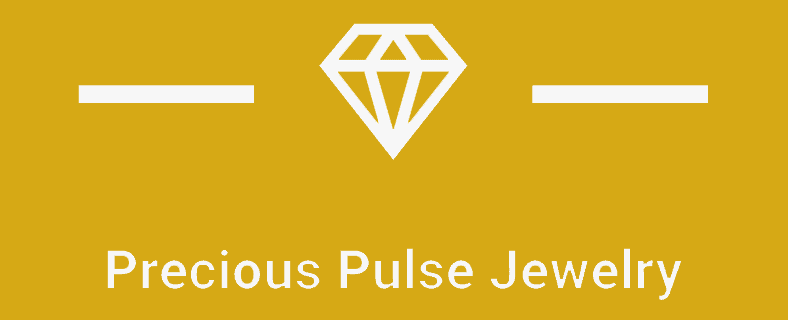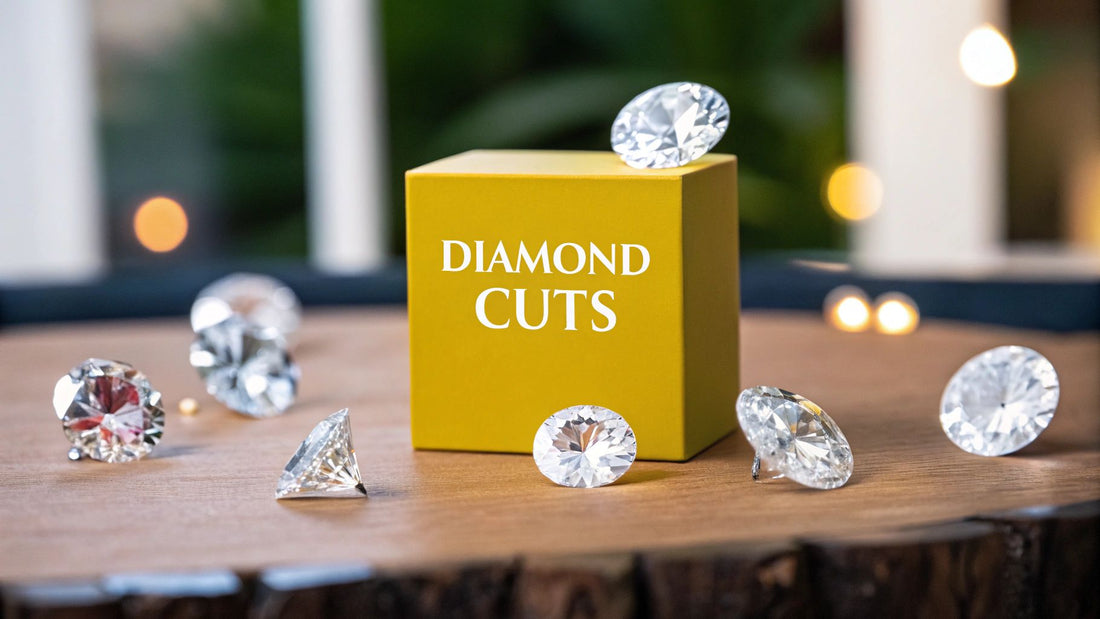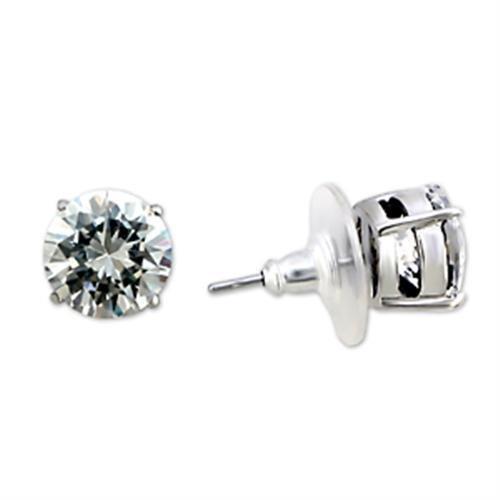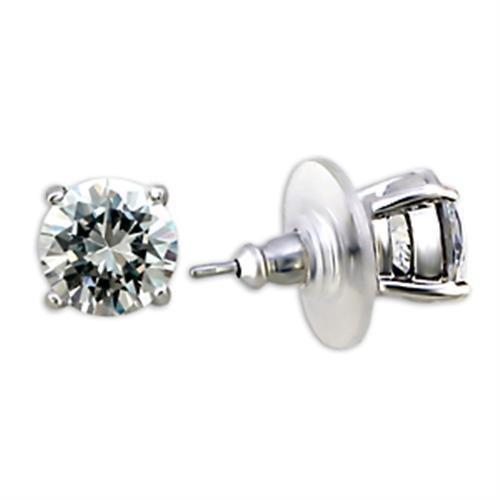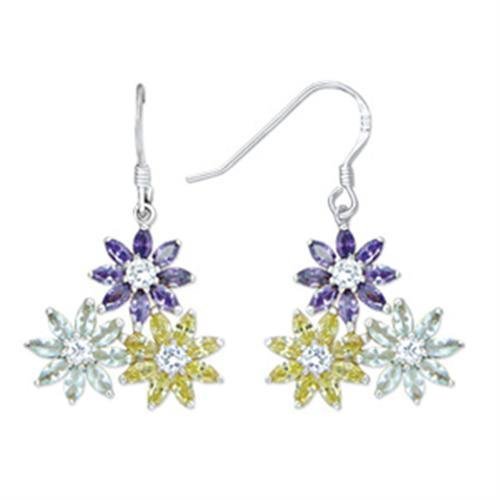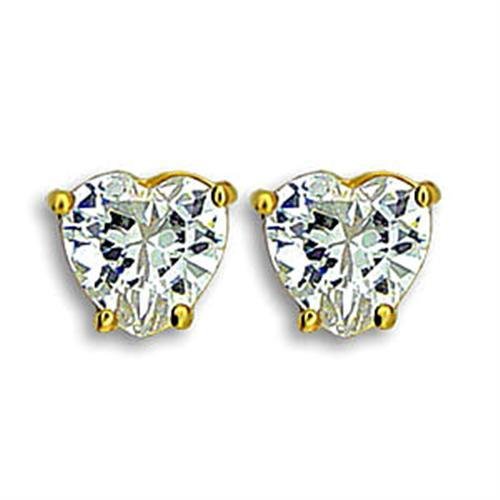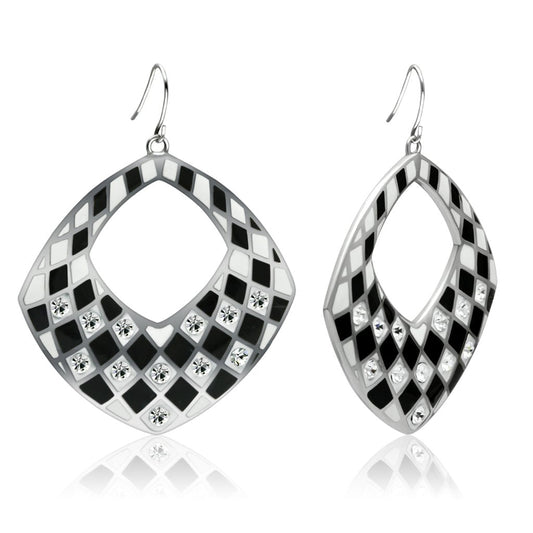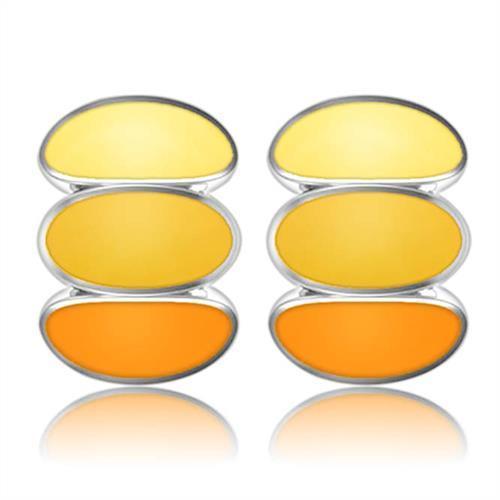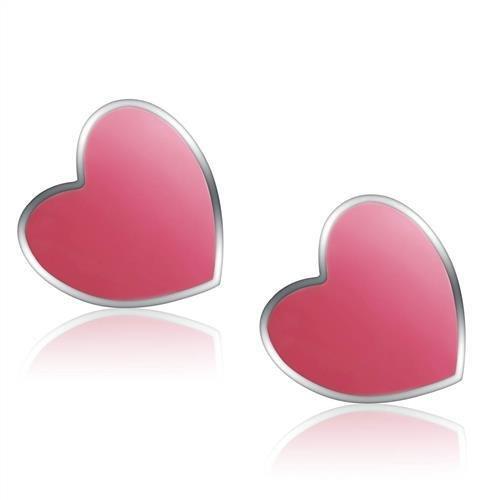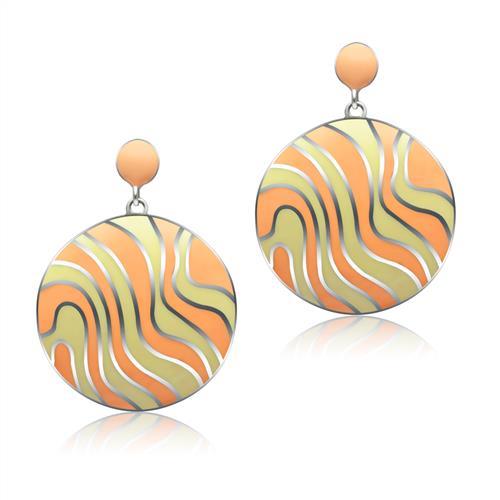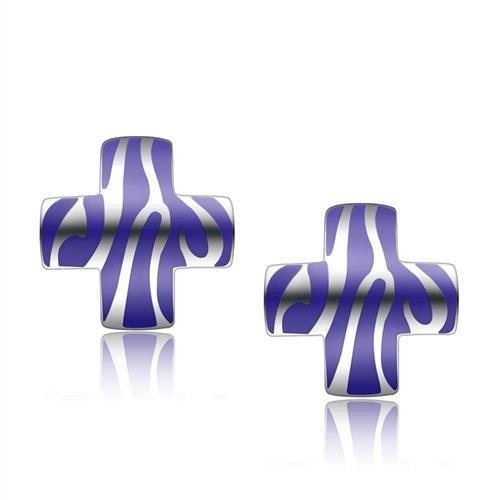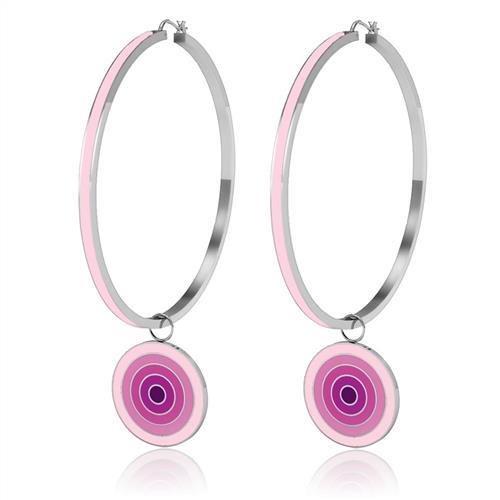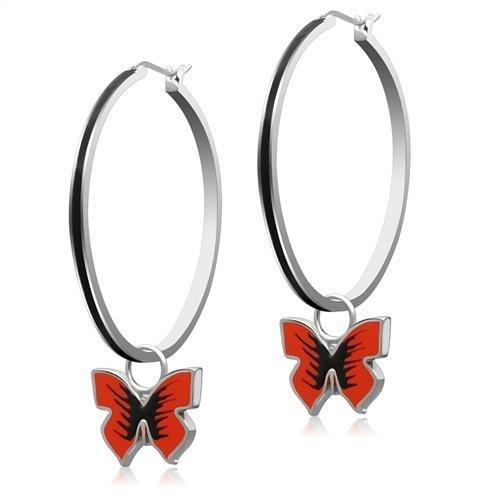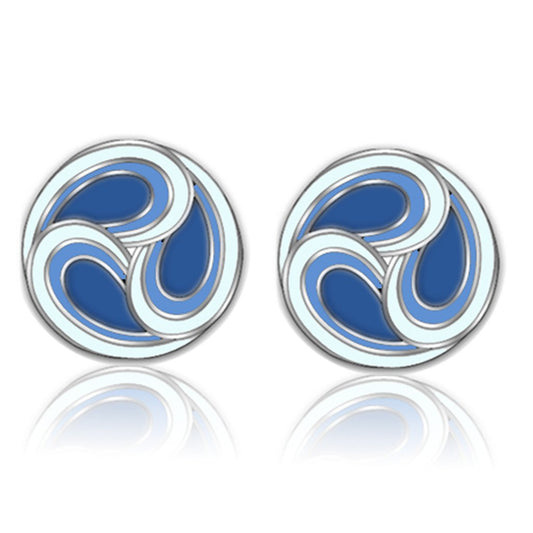When you hear someone talk about a diamond’s “cut,” your mind probably jumps straight to shapes—round, square, pear, and so on. While those are definitely part of the conversation, the term cut actually points to something far more crucial: the diamond's craftsmanship and its raw ability to sparkle.
A diamond's cut grade is the single most important factor in determining its beauty. It’s the one C that truly breathes life into the stone, and it's where you should focus your attention to get the most brilliant diamond for your budget.
Understanding Diamond Cut Vs Diamond Shape
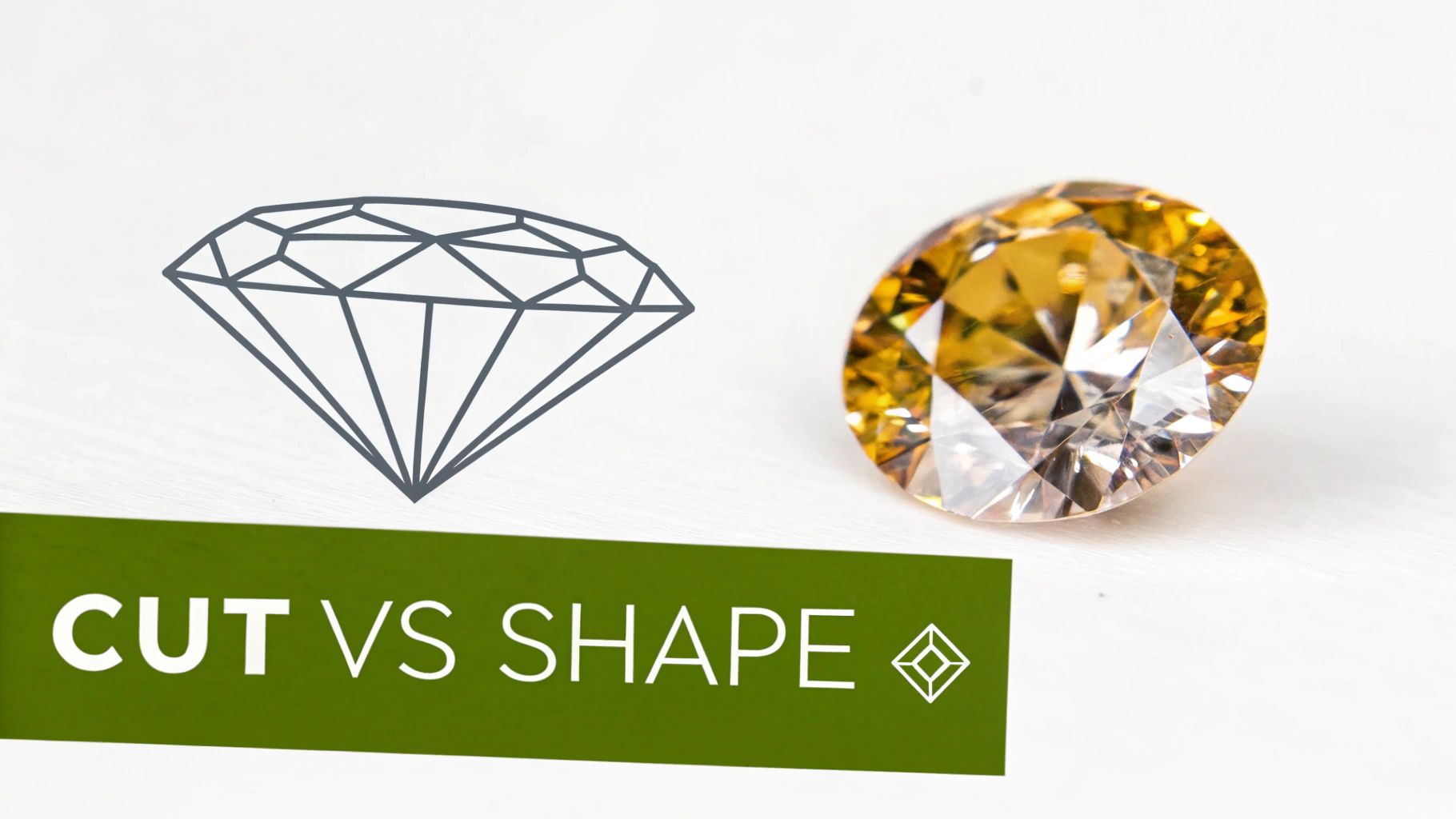
Before we get into all the gorgeous styles, let’s clear up one of the most common points of confusion in the jewelry world: the difference between a diamond's cut and its shape. They’re often used interchangeably, but they mean two very different things.
Think of it like this: shape is the silhouette, while cut is the performance.
What Is Diamond Shape
A diamond's shape is simply its geometric outline when you look at it from the top down. This is the first thing you notice and what most people recognize right away.
Common shapes you’ll see include Round, Princess (which is square), Oval, and Emerald (a classic rectangle). Choosing a shape is all about your personal style and what looks best on your hand. There's no right or wrong answer here—the best shape is the one you love the most.
What Is Diamond Cut
A diamond's cut, on the other hand, is a technical grade. It’s a deep-dive evaluation of the quality of its angles, proportions, and facets. It has absolutely nothing to do with the outline and everything to do with how well the diamond plays with light.
A superior cut is the engine behind a diamond's sparkle. It’s what dictates the stone’s brilliance (that bright white light reflection), fire (the flashes of rainbow color), and scintillation (the stunning play of light and dark across the surface).
Imagine a room filled with perfectly angled mirrors. A well-cut diamond works the same way, pulling light in and bouncing it internally from facet to facet before shooting it back out to your eye in a dazzling display.
A poorly cut diamond, no matter its shape, will "leak" light from its sides or bottom, making it appear dull and lifeless. This is why the cut is so critical—a diamond’s beauty is unlocked by the skill of the person who faceted it. Even a stone with flawless color and clarity will fall flat if the cut is subpar. To get a better handle on a diamond's core qualities, you might find our guide on how to identify a natural diamond helpful.
The Round Brilliant: The Icon of Sparkle
When people imagine a diamond, the Round Brilliant is almost always what comes to mind. It's the undisputed champion of sparkle and the most popular choice worldwide, making up a staggering 75% of all diamonds sold. This cut isn't just a shape; it's a masterpiece of optical engineering.
The magic is all in its 58 precisely angled facets. Each tiny surface is meticulously crafted to act like a mirror, capturing light, bouncing it around inside, and sending it back to your eye in a dazzling burst of brilliance and fire. This intense light performance is what sets the Round Brilliant apart from every other cut.
Why Is The Round Brilliant So Popular?
Its timeless appeal and unmatched sparkle make it an incredibly versatile choice. It looks stunning in any setting, from a simple solitaire that lets the stone do all the talking to an elaborate halo that cranks up the radiance even more. This adaptability has cemented its status as the go-to for engagement rings for over a century.
Its history is really a story about the quest for perfection. The shift from older styles like the Old European to the Modern Round Brilliant Cut was a huge leap forward, driven by new technology and the groundbreaking mathematical work of Marcel Tolkowsky in 1919. He figured out the ideal proportions to maximize a diamond's brilliance, which led directly to the 58-facet design that became the industry standard. You can learn more about the evolution of diamond cutting and its impact on the jewelry we see today.
This animation shows exactly how light travels through a perfectly proportioned Round Brilliant.
See how the light enters from the top, bounces off the pavilion facets at the bottom, and is aimed right back up through the crown? That's what creates that iconic sparkle with almost no light leakage.
Pros And Cons Of The Round Cut
Of course, like any choice, there are factors to weigh. The Round Brilliant’s superior sparkle is its greatest strength, but it also comes at a premium.
The process of cutting a round diamond from a rough stone results in more diamond waste compared to other shapes. This higher production cost, combined with immense demand, makes the Round Brilliant the most expensive diamond cut per carat.
Here’s a quick breakdown:
-
Pros:
- Maximum Brilliance: It's engineered for the most intense sparkle and fire, period.
- Timeless Style: A classic look that never, ever goes out of fashion.
- Versatile: Complements virtually every ring setting and personal style.
- Hides Flaws: The intense sparkle is great at masking minor inclusions and slight color tints.
-
Cons:
- Highest Price: It carries the highest price tag per carat due to high demand and manufacturing waste.
- Looks Smaller: It can appear slightly smaller face-up than elongated shapes of the same carat weight.
At the end of the day, for anyone prioritizing pure, classic sparkle above all else, the Round Brilliant is still the ultimate choice.
The Step Cuts: Unlocking Understated Elegance
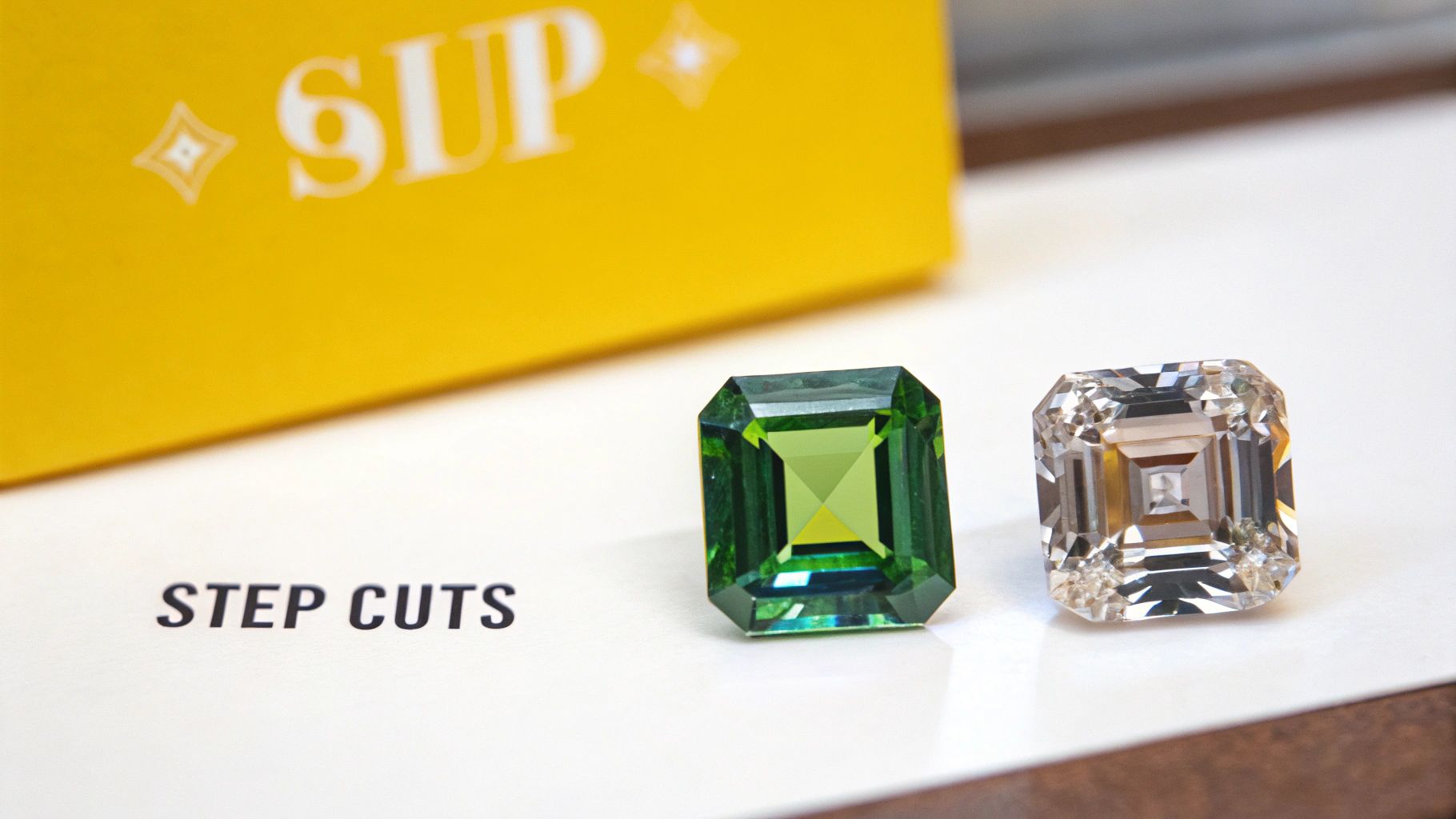
If the explosive fire of a brilliant cut feels a bit too flashy, it might be time to explore the sophisticated world of step cuts. These diamonds trade that disco-ball sparkle for a more subtle, icy elegance that feels both vintage and incredibly modern.
Their beauty comes from long, clean, parallel facets arranged like steps on a staircase—hence the name. Instead of a fiery flash, step cuts produce a mesmerizing "hall-of-mirrors" effect. This linear faceting draws your eye deep into the stone, highlighting the diamond's clarity and creating broad, dramatic flashes of light. They're the perfect choice for someone who appreciates architectural lines and refined glamour.
To really understand the difference, it helps to see them side-by-side. Brilliant cuts are all about maximizing sparkle, while step cuts are designed to showcase a diamond's clarity and luster.
Step Cuts vs Brilliant Cuts Key Differences
| Characteristic | Step Cuts (Emerald, Asscher) | Brilliant Cuts (Round, Princess) |
|---|---|---|
| Primary Appeal | Clarity, luster, and architectural lines | Intense sparkle and fire |
| Facet Style | Long, parallel, rectangular facets | Triangular and kite-shaped facets |
| Light Reflection | Broad, dramatic flashes of light | A flurry of small, brilliant sparkles |
| Visual Effect | "Hall-of-mirrors" | Fiery, "crushed ice" brilliance |
| Forgiveness | Less forgiving of flaws (inclusions are more visible) | More forgiving (sparkle can hide imperfections) |
| Overall Vibe | Understated, elegant, sophisticated | Dazzling, classic, fiery |
Essentially, choosing between them comes down to what you value most: the subtle, confident flash of a step cut or the head-turning glitter of a brilliant cut.
The Elegant Emerald Cut
The Emerald cut is probably the most iconic step cut out there, celebrated for its long, rectangular shape and chic beveled corners. That elongated form is incredibly flattering on the hand, creating an illusion of longer, more slender fingers. It’s a cut that just oozes confidence and timeless style.
The Emerald cut's large, open table acts like a crystal-clear window right into the heart of the stone. Because of this, inclusions are much more visible than in brilliant cuts. This means clarity is paramount, and choosing a diamond with a higher clarity grade (VS2 or better) is highly recommended to ensure that flawless, icy appearance.
The Captivating Asscher Cut
Think of the Asscher cut as the Emerald’s square-shaped, Art Deco cousin. It features dramatic cropped corners that give it a unique octagonal outline. Its facets are larger and arranged in concentric squares, creating a hypnotic depth that feels like you're looking into an endless hallway.
The history of these cuts tells a story. The Asscher Cut, developed way back in 1902, became a hallmark of the glamorous Art Deco era in the 1920s with its bold, geometric appeal. Meanwhile, the Emerald Cut really hit its stride in the 1940s, cementing its status as an everlasting classic. You can learn more about how design movements shaped popular diamond cuts on borsheims.com.
Comparing Emerald and Asscher
While they share the same cutting philosophy, their shapes give them totally distinct personalities. Your choice between them really just comes down to your personal taste and the vibe you're going for.
- Emerald Cut: The go-to for anyone who wants an elegant, elongated look that slims the finger. It has a classic, almost regal feel and looks stunning in vintage-inspired settings.
- Asscher Cut: Perfect for lovers of symmetry and unique, geometric designs. It has a distinctive vintage charm that makes a seriously bold statement.
Step cuts are for the purist—someone who values pristine clarity and a glassy luster over fiery sparkle. They are less forgiving of flaws, but they reward you with an unmatched sense of sophistication. If you're looking for a piece of jewelry that embodies quiet confidence, exploring the range of step cuts at Precious Pulse Jewelry will reveal some stunning options that blend classic elegance with modern affordability.
Modern Brilliance: The Princess and Cushion Cuts
Once you venture beyond the timeless Round Brilliant, you’ll find a world of captivating shapes. Two of the most popular are the Princess and Cushion cuts—a pair of modern powerhouses that give the classic Round a serious run for its money. These "fancy" cuts blend intense fire with unique personalities, and they’ve become go-to choices for good reason.
The Princess cut is pure contemporary glamour. With its sharp, clean lines and square shape, it delivers an incredible amount of fire. People often describe its scintillating pattern as "crushed ice" because of its chaotic, dazzling sparkle. It’s a bold, modern choice for anyone who loves crisp angles and a whole lot of brilliance.
The Chic and Sharp Princess Cut
One of the biggest draws of the Princess cut is its fantastic value. The cutting process is remarkably efficient, retaining about 80% of the original rough diamond. For comparison, a Round Brilliant often wastes nearly 50% of the rough stone. That efficiency usually means a more accessible price without sacrificing an ounce of sparkle.
But every rose has its thorn—and for the Princess, it’s those sharp corners.
A Princess cut lives and dies by its setting. Its four pointed corners are vulnerable and can easily chip if left exposed. To keep it safe, you absolutely need a protective setting, like a four-prong or bezel style, that shields those delicate points from the bumps of daily life.
The Romantic and Soft Cushion Cut
If the Princess is sharp and modern, the Cushion cut is all about soft, romantic charm. With its square or rectangular shape and gently rounded corners, it looks a bit like a pillow—which is exactly how it got its name. This cut has deep vintage roots, descending from the Old Mine Cut that was all the rage centuries ago.
The journey to today’s diamond cuts was a long one. The Old Mine Cut gave way to the Old European Cut in the 1870s, thanks to new mechanical tools. Mines like Kimberley in South Africa were churning out incredible amounts of diamonds—13.6 million carats between 1871 and 1914—making these older cuts widespread and paving the way for today's brilliant styles. You can get the full story on the history of diamond cutting on ivyandrose.com.
Modern Cushion cuts beautifully blend that historic character with contemporary faceting to create breathtaking sparkle. Their larger facets can produce either a fiery, "chunky" sparkle or a more splintery, "crushed-ice" effect, depending on the specific way it’s cut.
So, how do you choose between these two brilliant shapes? It really boils down to your personal style.
- Go for a Princess cut if: You love clean lines, geometric shapes, and a sharp, modern vibe with intense, glittering sparkle.
- Opt for a Cushion cut if: You’re drawn to vintage romance, softer silhouettes, and a classic-meets-modern brilliance.
Both shapes are fantastic if you want a stone that looks big for its carat weight. Their top surface area often makes them appear larger than a Round diamond of the same size, giving you excellent value without compromising on that brilliant sparkle everyone loves.
Finding Your Perfect Diamond Cut
With so many breathtaking options, how do you find the one that just feels right? Choosing a diamond cut is a deeply personal decision that goes way beyond sparkle. It's about finding a stone that speaks to your style, holds up to your lifestyle, and fits comfortably within your budget.
Your personal taste is the best place to start. Are you drawn to timeless, classic silhouettes, or do you prefer sharp, modern geometry? Answering that one simple question can instantly point you in the right direction.
This little decision tree shows exactly how your style can lead you to the perfect cut, whether you're a romantic at heart or a lover of all things contemporary.
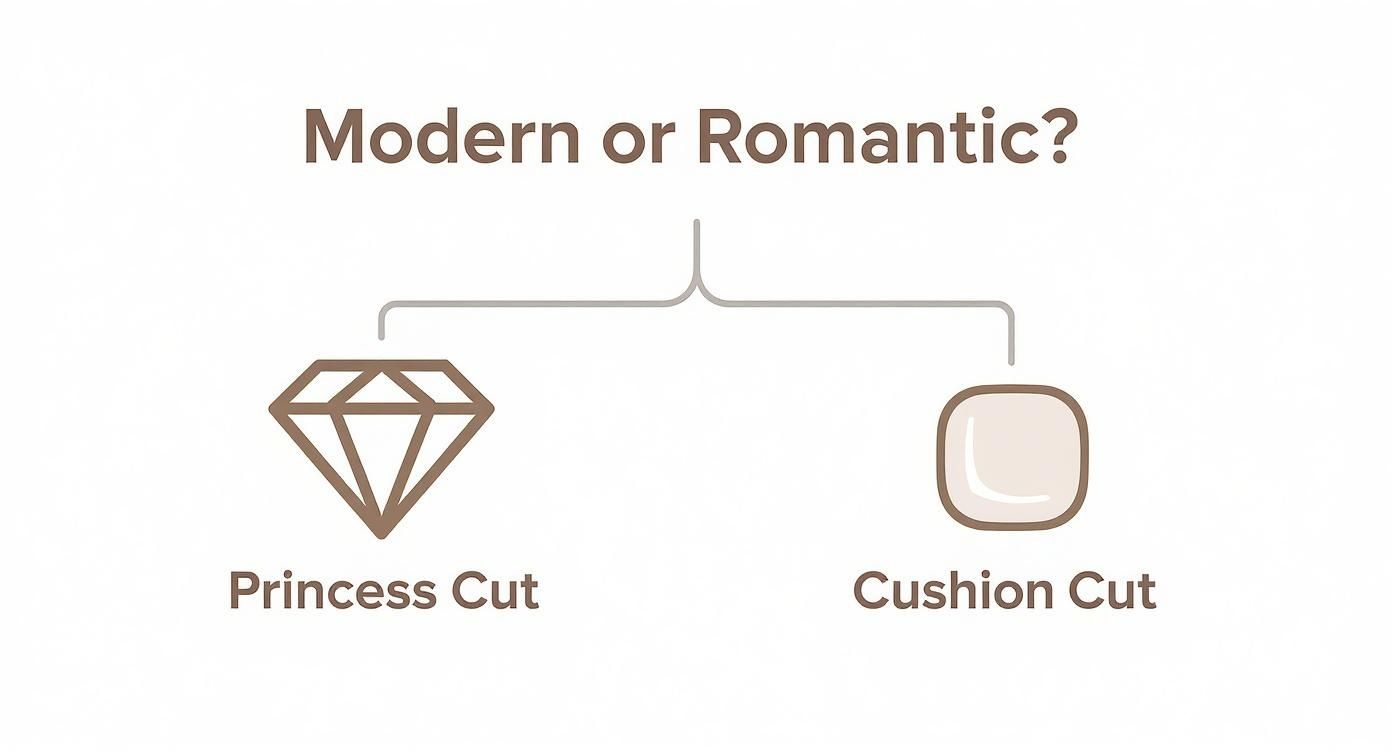
As you can see, anyone who adores clean, contemporary design often gravitates toward the crisp lines of a Princess cut. On the other hand, true romantics might fall for the soft, vintage-inspired glow of a Cushion cut.
Matching a Cut to Your Lifestyle
Style is one thing, but practicality is another. Think about your daily routine. If you have an active lifestyle or work with your hands a lot, a cut with sharp, exposed corners like the Princess might be more vulnerable to chipping.
A protective setting like a bezel or v-prong is crucial for pointed cuts. For maximum durability, a Round Brilliant or a bezel-set Emerald cut offers both beauty and security, making them excellent choices for everyday wear.
These considerations will help ensure your ring stays as beautiful as the day you first put it on. For a much deeper dive into pairing stones with the right settings, you should explore our complete guide on selecting the ideal diamond for an engagement ring.
Finally, let's talk budget. Some cuts are masters of illusion, creating the look of a larger size and giving you more visual impact for your investment.
- Elongated Shapes: Cuts like Oval, Pear, and Marquise have a larger surface area, which makes them look bigger than a Round diamond of the exact same carat weight. It’s a great trick of the eye.
- Brilliant Value: A Princess cut is a fantastic budget-friendly option if you love sparkle. Its square shape uses more of the original rough diamond, which means less waste and a lower cost for you.
By balancing what you love, how you live, and what you want to spend, you can confidently choose a diamond that's not just a beautiful stone, but a true reflection of you.
A Few Final Questions About Diamond Cuts
Even after exploring all the different shapes, a few questions always seem to pop up. Here are direct answers to the most common queries we hear from shoppers trying to find that perfect stone.
Which Diamond Cut Sparkles The Most?
Hands down, the Round Brilliant is engineered for maximum sparkle. No other cut can quite match its light performance.
Its 58 facets are cut to incredibly precise angles, all designed to catch light, bounce it around inside the stone, and shoot it back out as breathtaking brilliance and fire. While other cuts like Princess and Cushion are certainly dazzling, the Round Brilliant is truly in a league of its own.
Which Diamond Cuts Look Biggest?
If you want to maximize the visual size of your diamond without increasing the carat weight, elongated shapes are your best friend.
Cuts like Marquise, Oval, and Pear have a larger surface area relative to their weight. This creates a clever optical illusion, making them appear significantly bigger than a Round diamond of the same carat. It's a fantastic way to get a more impressive look for your budget.
You'll often hear the term "bow-tie effect" when discussing elongated cuts like Ovals and Pears. It refers to a dark, bow-tie-shaped shadow that can appear across the center of the stone. Nearly all of them have it to some degree, but its visibility varies, so always make sure to look at the diamond itself.
Which Diamond Cut Is The Most Expensive?
Carat for carat, the Round Brilliant usually comes with the highest price tag. This isn't just because it's popular; there are two big reasons behind the cost.
First, the market demand is immense—it's the classic choice. Second, creating that perfect, fiery shape requires cutting away a significant amount of the original rough diamond. That lost material adds to the final price. If you're looking for beautiful alternatives that are more cost-effective, it's definitely worth learning what lab-grown diamonds are and how they offer the same brilliance at a more accessible price point.
Now that you're an expert on diamond cuts, the perfect piece awaits. At Precious Pulse Jewelry, we offer a stunning collection of finely crafted jewelry to match every style and budget. Find your sparkle today at Precious Pulse Jewelry.
